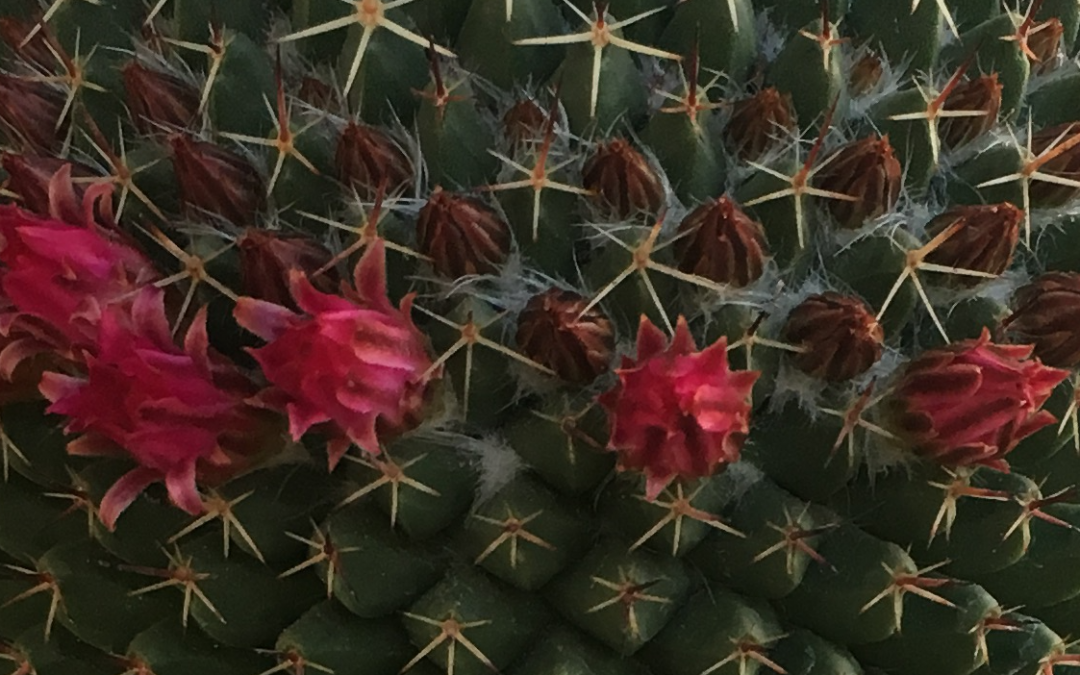
by Lynn Lipinski | Sep 22, 2020 | Essays and Features, Personal
Depending on the light and my mood, the potted cacti and succulents on my front porch resemble either the strange skyline of a science fiction city or the motley cast of characters in Star Wars’ Chalmun’s Cantina. A tangle of golden snake cactus, the opuntia’s...

by Lynn Lipinski | Dec 31, 2018 | Fiction, Oklahoma, Personal, Writing
The bones of the Bloodlines story rattled around in my head for nearly a decade. The main character, Zane Clearwater, was an intruder into my original story. He had a minor role as a love interest to another character. But as I wrote and rewrote the story and worked...

by Lynn Lipinski | Dec 8, 2011 | Personal
Words are powerful. A friend and mentor of mine is a smart, strategic communications pro who was one of the first in his family to go to college. He grew up poor, with parents who didn’t speak English well. When I asked him once about how he got from East LA to...




